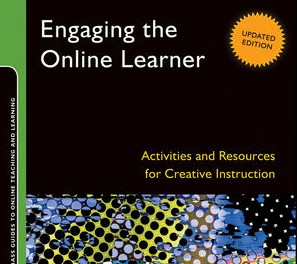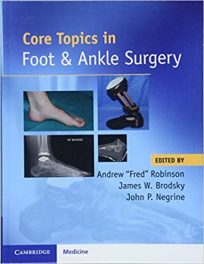 Authors: Rita-Marie Conrad and J. Ana Donaldson
Authors: Rita-Marie Conrad and J. Ana Donaldson
Publisher: Jossey-Bass, an Imprint of Wiley – Higher Education; 132 pages
Book Review by: Venkat Subramaniam
This is part of a series of a five-book set called the Jossey-Bass Essential Online Tool Kit. It is a useful series in the fast-growing field of online teaching and learning.
The title suggests that it is often difficult for instructors to maintain interest in their online students to become and remain engaged in the task of learning the subject by themselves, outside a physical classroom. So what are the different ways to engage online learners and sustain their interest? We shall take a look inside this book and summarize our findings for you here.
The authors relate some of the challenges online instructors face in their work:
- How to become better facilitators of knowledge?
- How to help learners become more self-directed?
- How to help their online students be more collaborative with peers than they might have had to be in traditional, predominantly lecture-based courses?
- How can an instructor energize a learning environment?
- How can the educator empower learners to adopt responsibility for their own learning?
- How can this be done without verbal or physical communication cues in an environment where it is easy to hide from the instructor and peers?
This book has an introductory chapter followed by just two parts. Part One, with chapters 2 to 4, consists of constructing activities to engage online learners, and Part Two with chapters 5 to 10, lists and discusses the activities themselves.
In the intro chapter, Learning in an Online Environment, the authors discuss what engaged learning in the online environment is; how to guide learners to engage online; and what are the appropriate activities for each phase mentioned here.
In their brief summary of this section, Conrad and Donaldson state bluntly that engaged learning – wherein learners take personal responsibility and sustained action toward a goal – “does not simply happen.”
They illustrate what engaged learning (EL) is, by presenting a graphic model on page 4, which shows the overlap portion of two parts: Constructivist Principles (CP) and Problem-Based Learning (PBL).
Engaged learning does not happen easily in physical settings. If this is so, can you imagine how much more difficult it must be in an online environment?
The authors write their views on this issue: “New media offer a wealth of opportunities for interaction, yet many times are employed in a non-interactive mode that tends to focus on creating an online lecture. Lecture is effective for online transmission, but f it is the primary strategy used in the online environment, the course becomes a digital correspondence course with potential problems of learner isolation and a high dropout rate.” They go on to say that the level of participation and interaction between the instructor and student is critical in determining the effectiveness of online learning.
In Part One, the authors lay out in chapters 2 through 4, how to design an online learning environment wherein online engagement is high; measure the results of engaged online learning; and show how to learn online teaching tools.
In Part Two, they discuss “online icebreakers”; describe peer partnership and team activities; go over what they term “reflective activities” and “authentic activities”; introduce you to games and simulations; and present some learner-led activities.
The chief value of this book is that Conrad and Donaldson show online teachers how to engage online students in the learning process, which is critical in making the exercise effective and worth the time, effort and money involved. They also provide tools to measure the effectiveness of online teaching and learning. From those perspectives, they have contributed much to this growing means of education.






